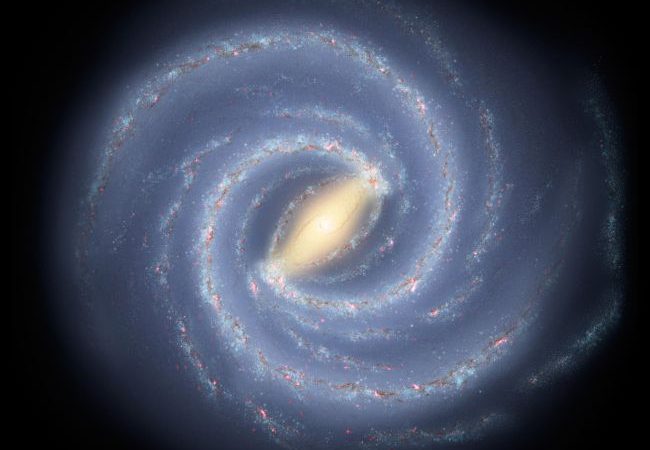For decades, science popularizers have said humans are made of stardust, and now, a new survey of 150,000 stars shows just how true the old cliché is: Humans and their galaxy have about 97 percent of the same kind of atoms, and the elements of life appear to be more prevalent toward the galaxy’s center, the research found.
Source: Space.com
The crucial elements for life on Earth, often called the building blocks of life, can be abbreviated as CHNOPS: carbon, hydrogen, nitrogen, oxygen, phosphorus and sulfur. For the first time, astronomers have cataloged the abundance of these elements in a huge sample of stars.
The astronomers evaluated each element’s abundance through a method called spectroscopy; each element emits distinct wavelengths of light from within a star, and they measured the depth of the dark and bright patches in each star’s light spectrum to determine what it was made of.
The researchers used stellar measurements from the Sloan Digital Sky Survey’s (SDSS) Apache Point Observatory Galactic Evolution Experiment (APOGEE) spectrograph in New Mexico. APOGEE can peer through the dust in the Milky Way because it uses infrared wavelengths, which pass through dust.
“This instrument collects light in the near-infrared part of the electromagnetic spectrum and disperses it, like a prism, to reveal signatures of different elements in the atmospheres of stars,” Sloan representatives said in a statement.
“A fraction of the almost 200,000 stars surveyed by APOGEE overlap with the sample of stars targeted by the NASA Kepler mission, which was designed to find potentially Earth-like planets,” the statement added. “The work presented today focuses on ninety Kepler stars that show evidence of hosting rocky planets, and which have also been surveyed by APOGEE.”
Although humans share most elements with the stars, the proportions of those elements differ between humans and stars. For example, humans are about 65 percent oxygen by mass, whereas oxygen makes up less than 1 percent of all elements measured in space (such as in the spectra of stars).
The proportion of each element of life differed depending on the region of the galaxy in which it was found. For example, the sun resides on the outskirts of one of the Milky Way’s spiral arms. Stars on the outskirts of the galaxy have fewer heavy elements required for life’s building blocks, such as oxygen, than those in more central regions of the galaxy.
“It’s a great human-interest story that we are now able to map the abundance of all of the major elements found in the human body across hundreds of thousands of stars in our Milky Way,” Jennifer Johnson, the science team chair of the SDSS-III APOGEE survey and a professor at The Ohio State University, said in the statement. “This allows us to place constraints on when and where in our galaxy life had the required elements to evolve, a sort of ‘temporal galactic habitable zone.'”
Source: Space.com

































Leave a Comment
You must be logged in to post a comment.